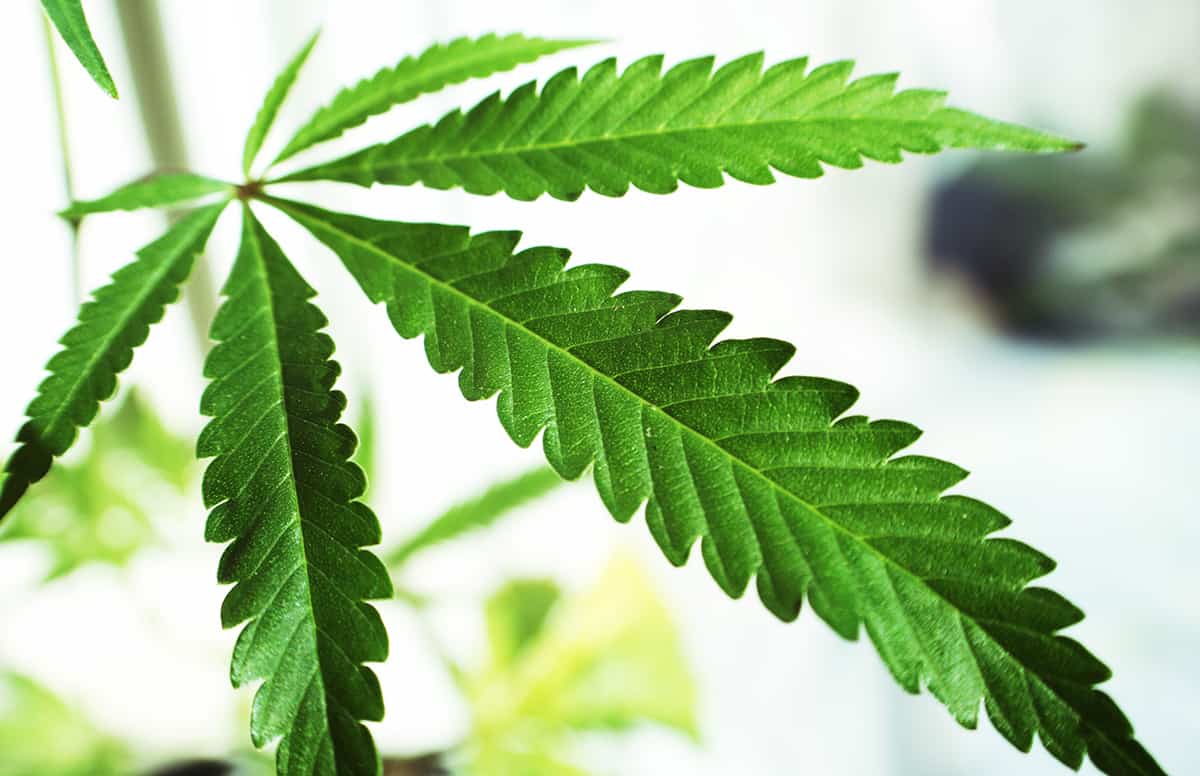By Maxim Mikheev, CEO and Founder of BIOMEDICAN
Traditional medicine is heavily overpriced and contains harmful side effects, while many don’t directly treat the conditions for which they’re intended. Fortunately, an alternative to traditional medicine has emerged: rare cannabinoids.
Cannabinoids are compounds found in the cannabis plant. The most well-known cannabinoids are CBD and THC. However, there are over 200 known cannabinoids, including rare cannabinoids like CBG, CBN, THCV, and more. These rare cannabinoids are even more potent in their medical benefits than CBD and don’t contain the psychoactive properties of THC.
By 2029, the global market for cannabinoid-based pharmaceuticals will reach $50 billion. These rare cannabinoids are an inexpensive and natural way to work with your body. By possessing a multitude of medical benefits without the cost and side effects of traditional medicine, rare cannabinoids will transform the pharmaceutical industry.
The Impact of Cannabinoids on the Body
The endocannabinoid system (ECS) is composed of three main components, receptors, enzymes, and endocannabinoids. It plays a vital role in regulating a variety of functions and processes such as sleep, appetite, mood, memory, production, and fertility. Through the ECS, cannabinoids interact with our bodies and trigger their beneficial effects.
Endocannabinoids are molecules made by your body; they help keep internal functions moving properly. The endocannabinoid receptors are found throughout your body, and the endocannabinoids link to them to send a signal that the ECS needs to take action. Lastly, the enzymes break down the endocannabinoids once they’ve carried out their purpose.
Rare cannabinoids act as a key supplement to endocannabinoids. Both rare cannabinoids and endocannabinoids are crucial for human health as they tap into the ECS. The ECS functions all contribute to homeostasis, the stability of your internal environment.
Potential to Disrupt Pharmaceuticals
Early studies are showing the efficacy of cannabinoids against a large variety of indications. There have been over 50 clinical trials on cannabinoids, which have provided a significant amount of data on their health benefits.
For example, studies have found preclinical and clinical evidence documenting value for CBD in some neuropsychiatric disorders, including epilepsy, anxiety, and schizophrenia. That’s just the tip of the iceberg of the types of benefits that cannabinoids have been shown to provide.
Along with the health benefits of cannabinoids over traditional medicine, a new patented method of biosynthesis production produces cannabinoids at 75-90% less cost than the current market. This breakthrough has enabled the production of pharmaceutical-grade rare cannabinoids that are significantly cheaper, with less impact to the environment.
The traditional method of producing rare cannabinoids through plants can be harmful, since there are a lot of byproducts and toxins in them. Biosynthesis produces the safest and most effective cannabinoids, as they are the exact same molecules as what occurs in nature.
Through biosynthesis, pharmaceutical companies are uniquely positioned to be a major player in the cannabinoid space. One reason is that biosynthesis makes rare cannabinoids cheaper and safer, giving pharmaceutical companies more incentive to use them, and another reason is pharmaceutical companies can get insurance reimbursement.
Impact on the Medical Industry
Anyone interested in better health will be interested in cannabinoids. Cannabinoid-based pharmaceuticals will overtake the market as rare cannabinoids become cheaper and more plentiful.
There are new medical treatments that rare cannabinoids will create. Rare cannabinoids like CBG/CBGA, CBN/CBNA, THCV/THCVA, and THCA all have significant evidence of major health benefits. For example, there have been many clinical trials on CBG/CBGA that found it works to fight inflammation, pain, nausea, and cancer.
Another example is THCV/THCVA, which has been found to help those with diabetes, pain and swelling, anxiety, and tremors from Parkinson’s disease and ALS. Finally, CBN/CBNA is known to help insomnia, pain, and anxiety, and it works as an antibacterial and anti-convulsive agent. CBN can also increase appetite without psychoactive effects.
These are just a few examples of the 200+ known cannabinoids that will be researched over the coming years and produce additional health benefits.
Benefits of Biosynthesis
The global cannabinoid market will take a significant toll on the environment. A kilogram of cannabis releases roughly the same amount of carbon dioxide emissions into the atmosphere as three million U.S. cars. Biosynthesis is at the forefront of a safer, more efficient, and environmentally friendly way to produce rare cannabinoids.
BIOMEDICAN has developed a patented method of cannabinoid biosynthesis production from proprietary yeasts. This process produces 100% pure rare cannabinoids without cultivating plants, resulting in cheaper, faster, and more environmentally friendly results.
Through cannabinoid biosynthesis production, consumers are guaranteed safe, pharmaceutical-grade cannabinoids with no toxins or contaminants. These cannabinoids are a non-GMO organic product identical to the molecule found in nature, and the biosynthesis production process won’t harm the environment as traditional cannabinoid production does.
Maxim Mikheev is CEO and Founder of BIOMEDICAN, a biotech startup designing patented low-cost methods of growing high-value compounds at scale with proprietary yeasts.
Throughout the year, our writers feature fresh, in-depth, and relevant information for our audience of 40,000+ healthcare leaders and professionals. As a healthcare business publication, we cover and cherish our relationship with the entire health care industry including administrators, nurses, physicians, physical therapists, pharmacists, and more. We cover a broad spectrum from hospitals to medical offices to outpatient services to eye surgery centers to university settings. We focus on rehabilitation, nursing homes, home care, hospice as well as men’s health, women’s heath, and pediatrics.








